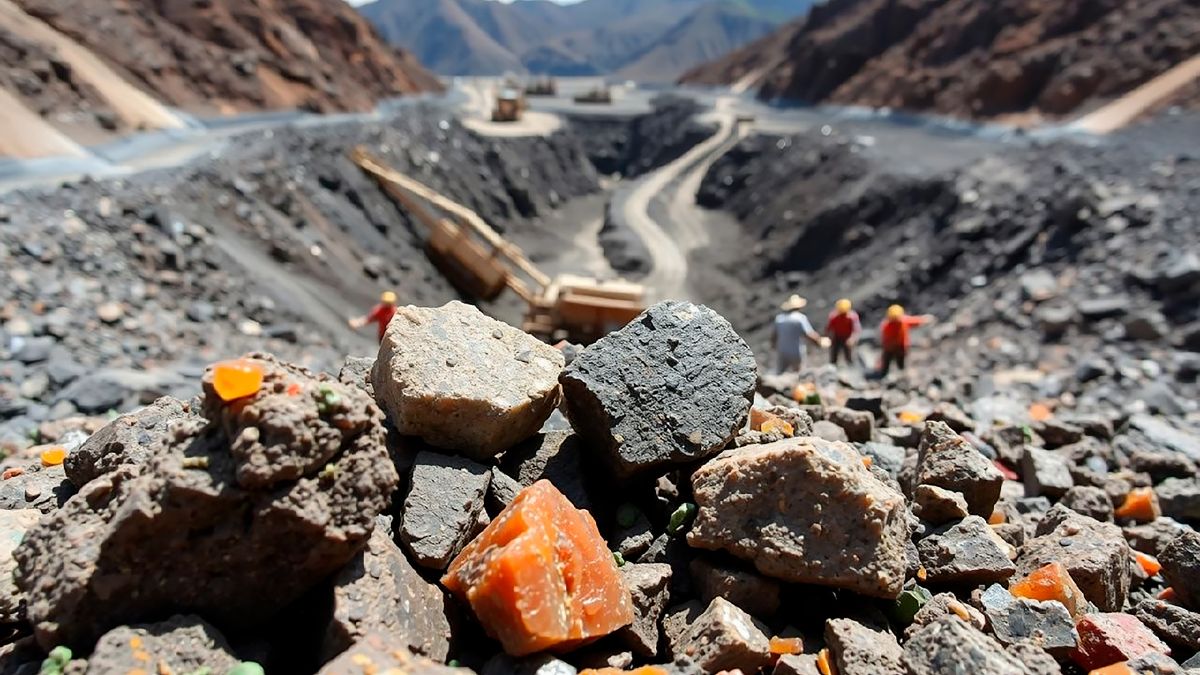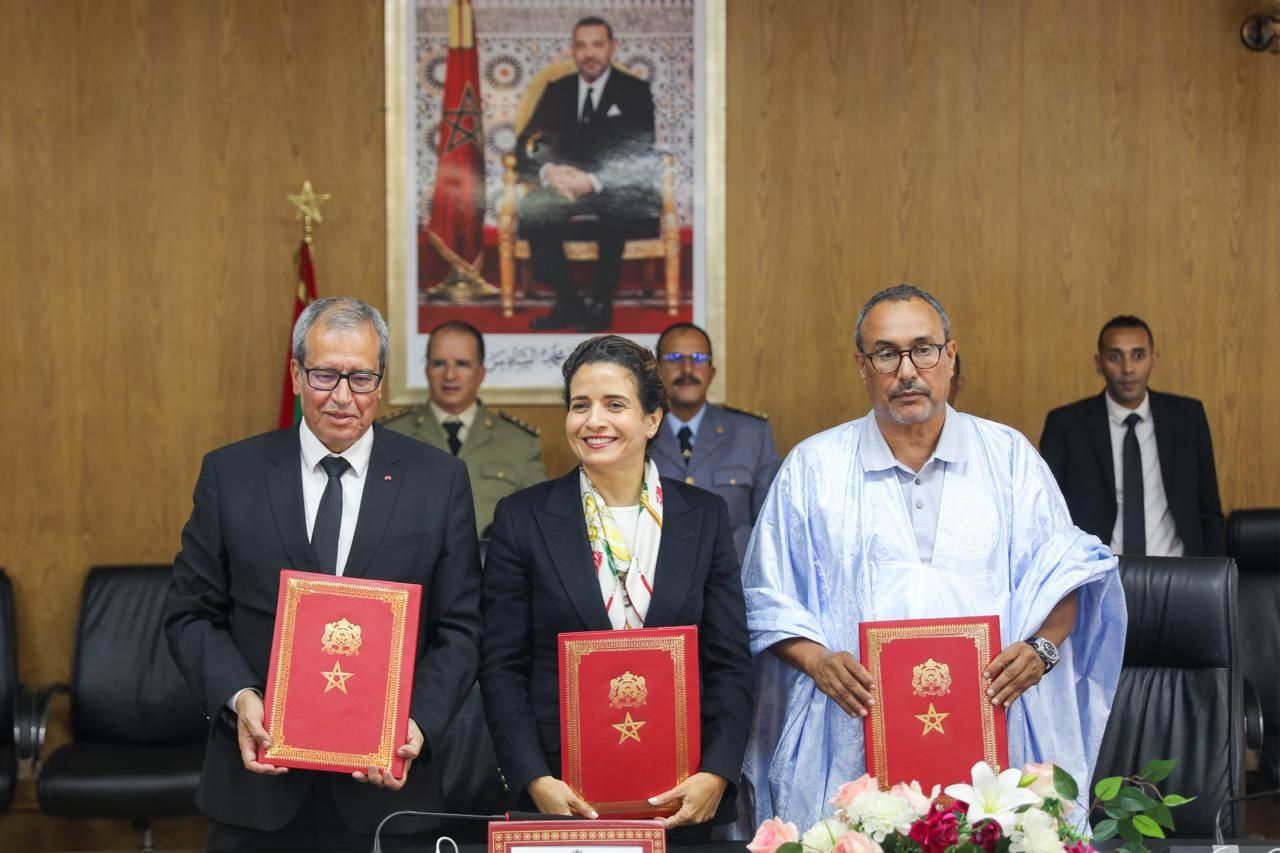
Armenia’s Rare Earth Opportunity: Can a Small Nation Power a Cleaner Tech Future?

Dakhla-Oued Eddahab Advances Green Transition with New AI, Hydrogen and Green Data Center Agreements

The International Lithium Association (ILiA) has unveiled the industry's inaugural guide that provides the global lithium sector with a standardized methodology for calculating the carbon footprint generated by the production of lithium carbonate, lithium hydroxide, and other lithium-derived products.
"It is crucial to have a consistent Product Carbon Footprint (PCF) methodology worldwide in order to accurately calculate greenhouse gas (GHG) emissions and make useful comparisons," stated Anand Sheth, the founding President of ILiA.
Crafted under the guidance of Mark de Boer of Albemarle Corporation, who leads ILiA's Sustainable Lithium Subcommittee, the project benefited from contributions by 45 organizations within the lithium industry and was managed by Drielsma Resources Europe.
This concise and practical document addresses all aspects related to lithium's PCF. It includes a checklist for the critical points in lithium production in relation to GHGs to prevent omissions in the PCF calculation. The guide also covers by-products and their management.
Lithium specialist Peter Ehren remarked, "The way ILiA has guided and consulted with industry players to publish the first guide for calculating lithium's PCF is invaluable. The goal is for future figures to offer the highest possible transparency, making the lithium supply chain more sustainable."
Independent of the production route, the guide for calculating lithium's PCF is applicable to brines, hard rocks, and clays. With its broad participation and adherence to more general existing standards, ILiA hopes this guide will become the primary reference for determining the PCF of lithium-derived products.
Laurens Tijsseling, Director of Minviro, asserted, "The introduction of this guide for product carbon footprint (PCF) marks a significant advancement for the lithium industry, providing a common framework to accurately assess the carbon footprints of various lithium production processes."
The new guide facilitates the development of PCFs within the lithium industry context by interpreting and complying with all relevant standards. It does not compete with existing standards.
"We invite those intending to calculate the PCF of a lithium-derived product to use this guide, as it will enhance the comparability of studies. We also suggest users reference it to create a common source of consultation and to send us their feedback," stated Mark de Boer.
"There is a growing demand to understand the environmental critical points of lithium production. Developing a standardized method to calculate the carbon footprint will allow for an equal comparison of different classes of materials," declared Sarah Colbourn, Interim Head of Sustainability at Benchmark Mineral Intelligence.


